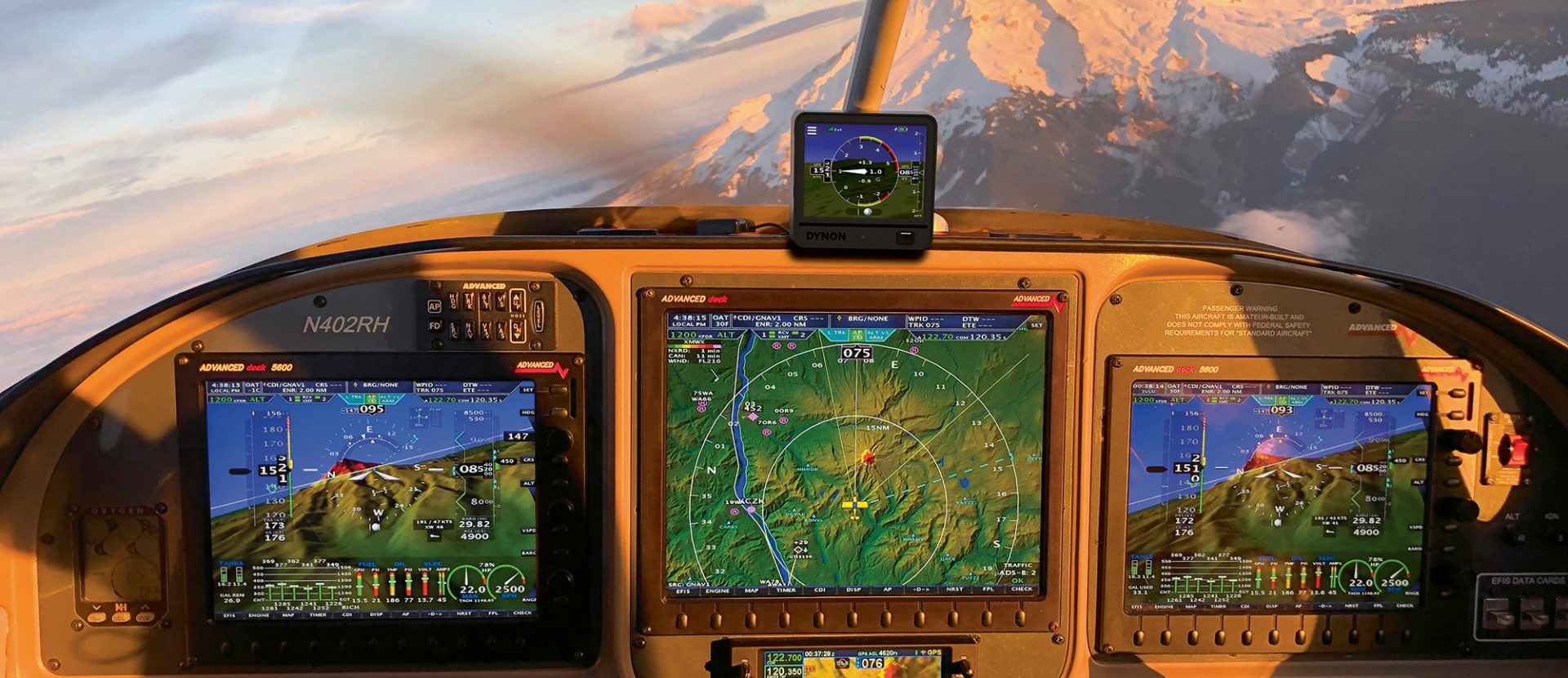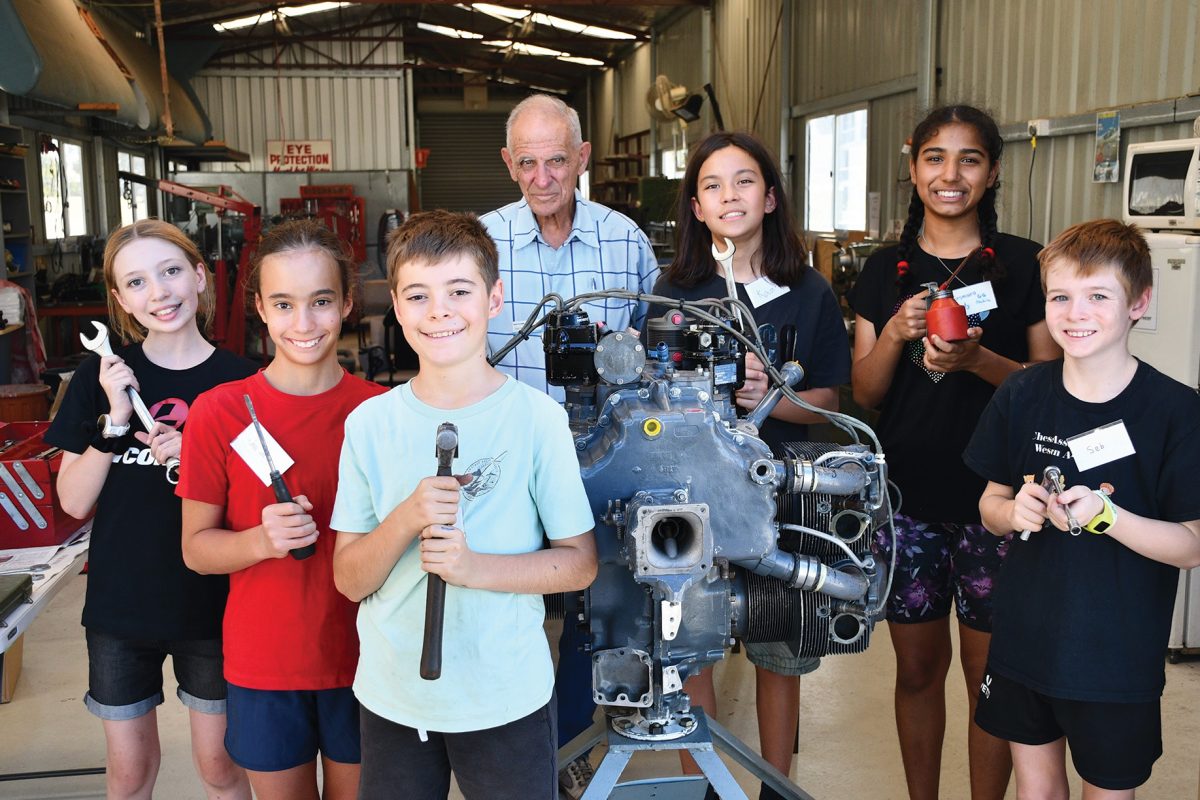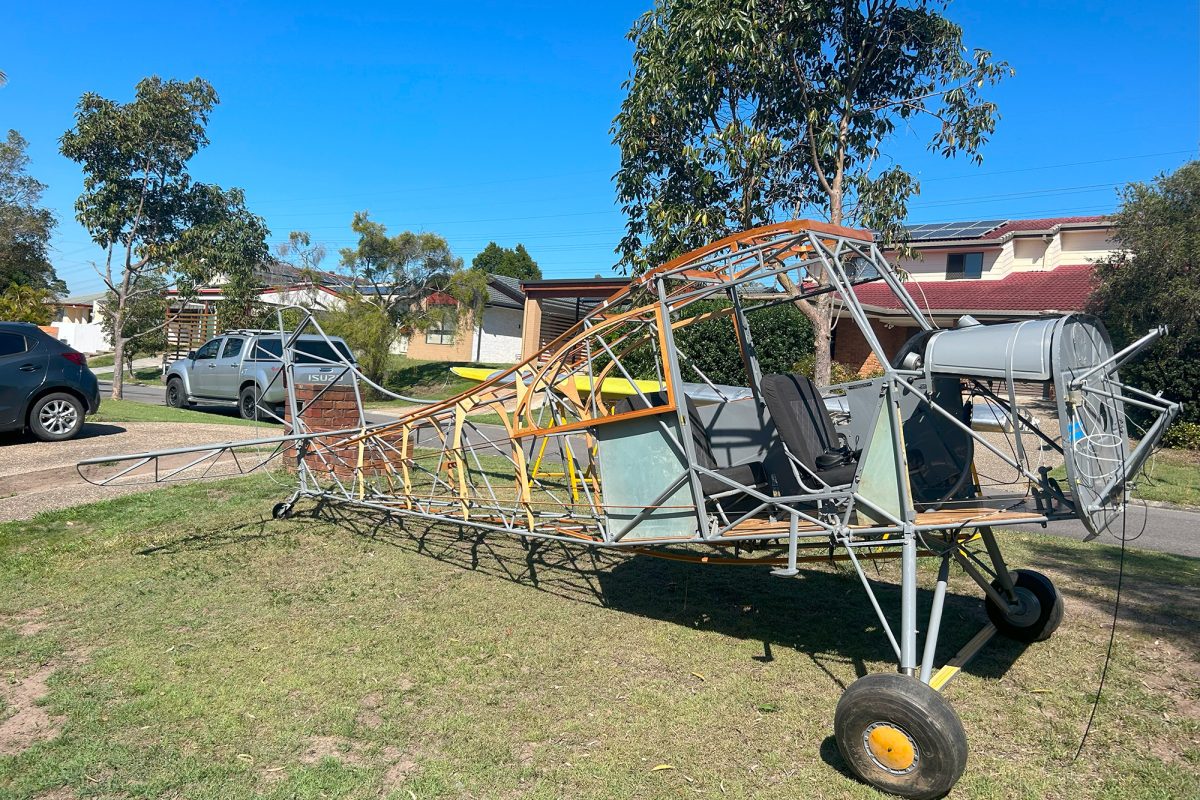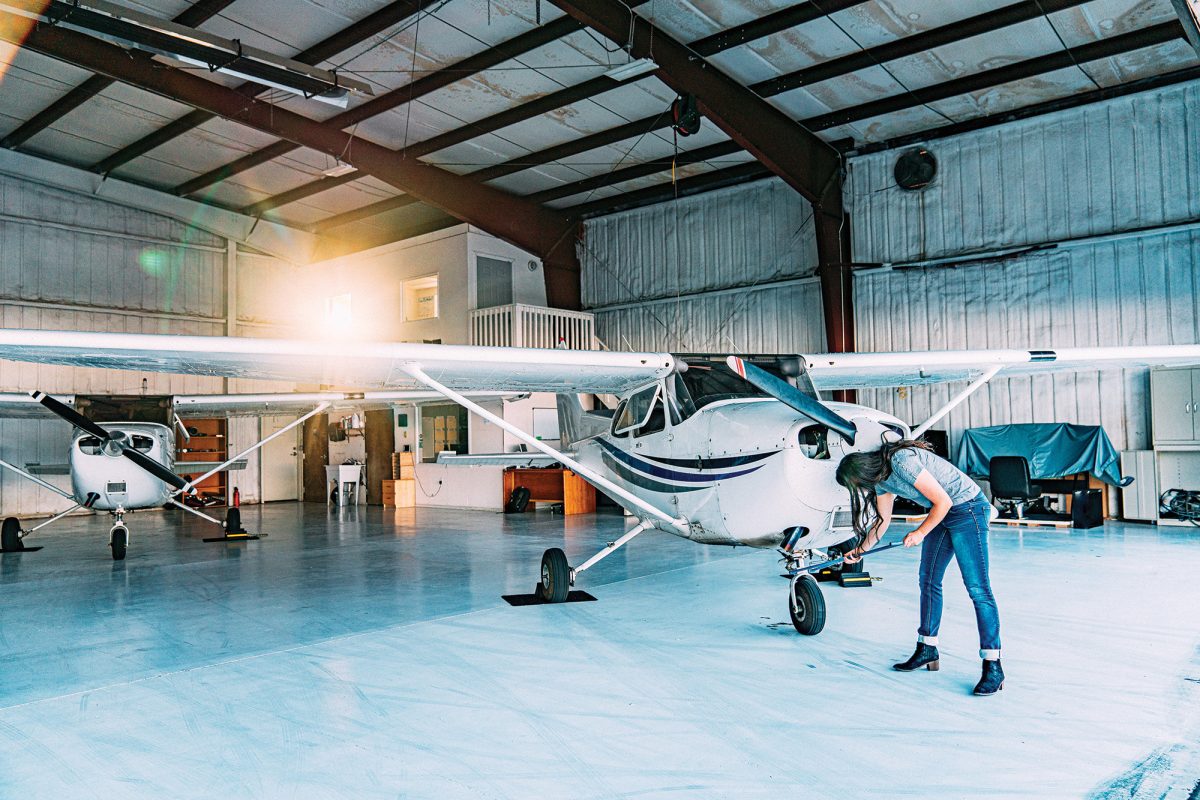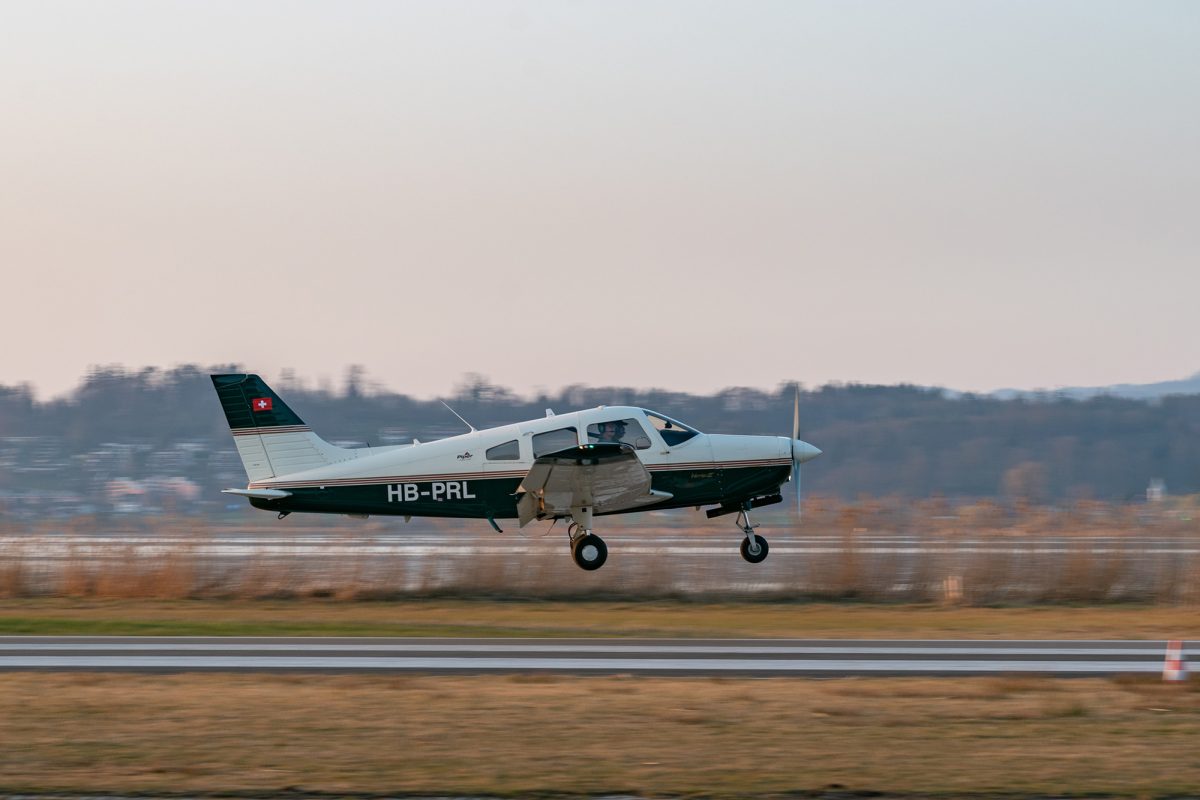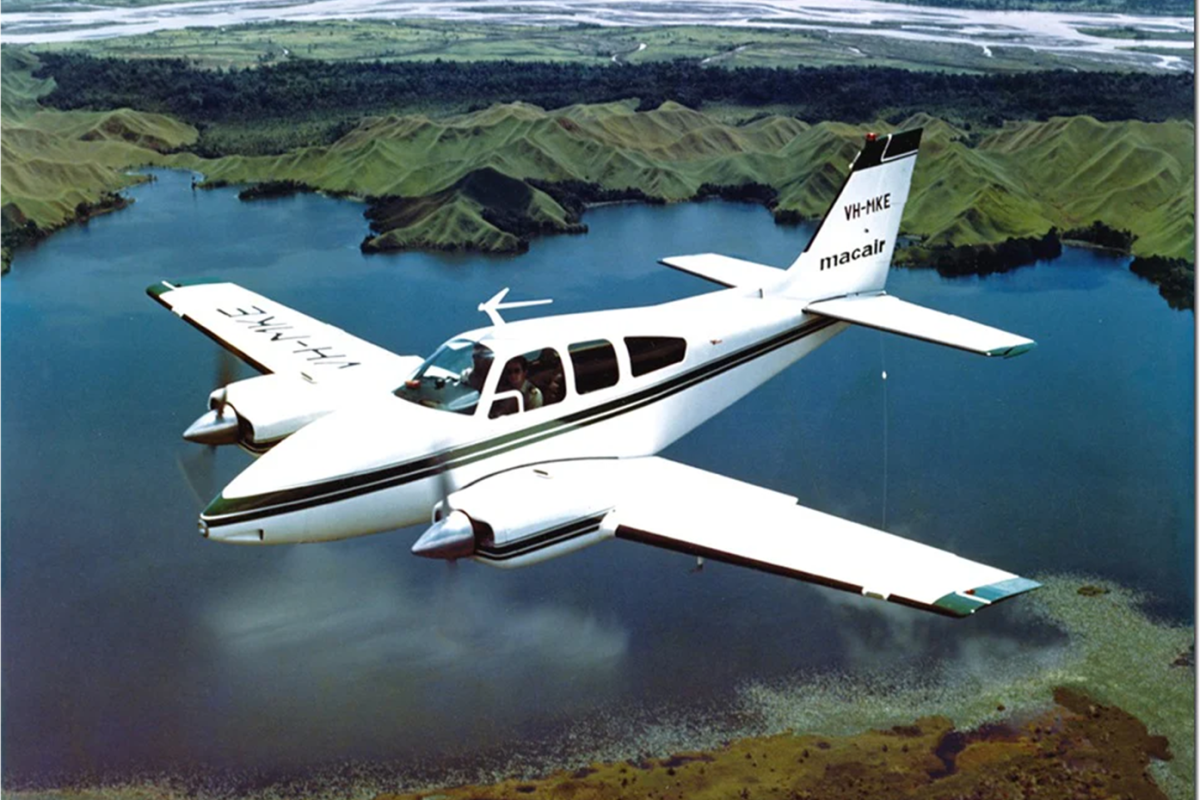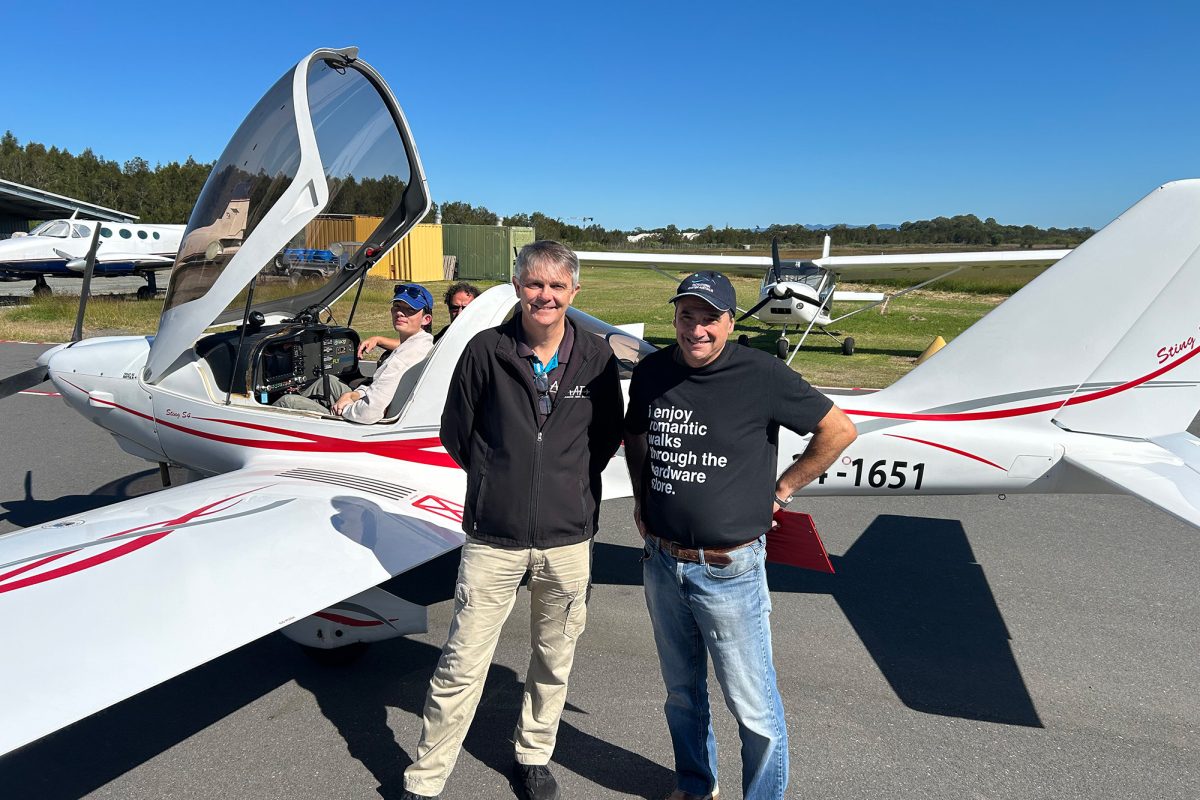DIGITAL COCKPITS ARE BECOMING THE NEW NORM. BUT FOR EXISTING AIRCRAFT WITH CONVENTIONAL GAUGES, THE PATH FROM NOW TO THE FUTURE CAN BE TRICKY. NICHOLAS HEATH FINDS OUT MORE.
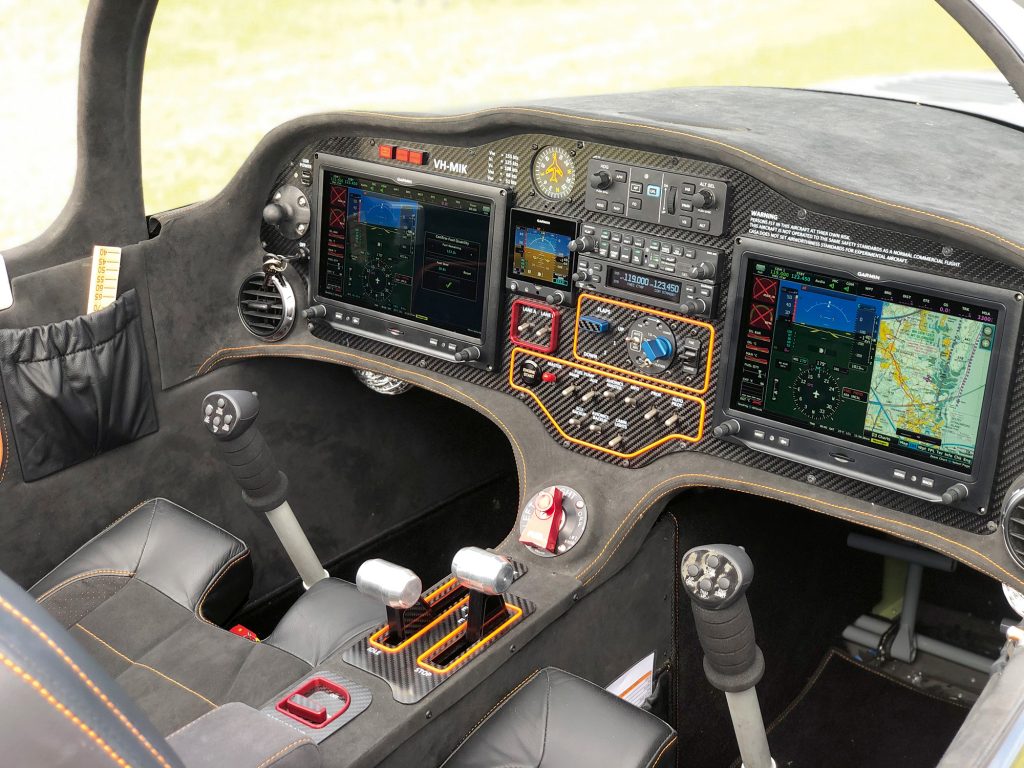
A lot of us are flying with traditional gauges and instruments and as the old saying goes; if it ain’t broke, don’t fix it. At the same time though, we see this new generation of all glass cockpits and think to ourselves “that would be nice”. For those of us trained and familiar with traditional instruments though, it’s natural to be a bit wary of changing habits.
So why change? Well, for a start, the first thing that digital instrumentation provides is a lot more information in a lot smaller space. A single instrument can give you height, airspeed, groundspeed, direction, heading, bank, attitude and even synthetic vision. That’s a lot of information for very little panel space.
Recently, the price for digital upgrades has fallen markedly, so now might be the time to think about making the shift. While big glass panels look great, you don’t necessarily have to go for a completely new panel. It’s surprising how much functionality you can have without the excessive cost of a major panel upgrade.
The change to digital can bring a lot of information together and place it in an orderly and condensed manner for the pilot. Once you have gotten used to it – and if managed correctly – utilising digital instruments can mean increased situational awareness and reduced pilot fatigue.
Let’s start with breaking the problem down. Your panel has four major functions:
- Flight instruments
- Engine instruments
- Navigation
- Communication
Let’s start with an easy one; Navigation.
I CAN SEE CLEARLY NOW
Remember when IFR used to stand for “I Follow Roads”?
For those of us who learned to fly before GPS was commonplace, the ability to see your aircraft’s position on a digital map is still a revelation. While we all need the skills to be able to navigate without digital aids, flying with one can dramatically improve your awareness and reduce your workload. No more badly drawn lines on maps and hasty ERSA lookups while trying to juggle controls.
At the entry level, you can use any GPS enabled tablet or even a phone to provide you with the sort of navigation that previous generations would (and did) die for. Apps like OzRunways and AvPlan provide updated maps and information, along with real time navigation, for about the price of a tank of gas. If you’re considering going more than a few miles from your airport, this is a must. A good mount is also a necessity, along with a charging socket.
The tablet solution is cost-effective and very portable, not to mention a tablet also has a multitude of other uses. For high-use situations though, a dedicated nav panel can’t be beaten. The Garmin 760 is a removable unit, so you can take it out for security and planning. It’s a robust device that can connect to your other systems to provide GPS information and will also give you the option of synthetic vision. While we are only flying VFR, synthetic vision might not seem like a useful tool. Even on a good day though, synthetic vision can extend your field of vision and terrain awareness.
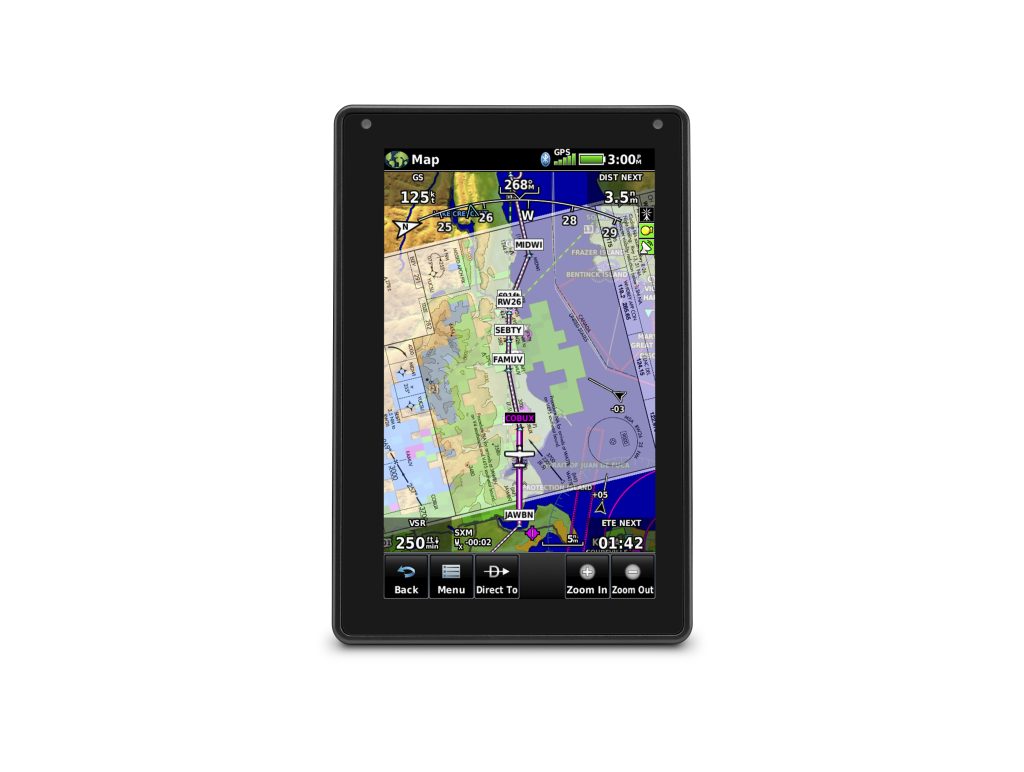
UNDER THE BONNET
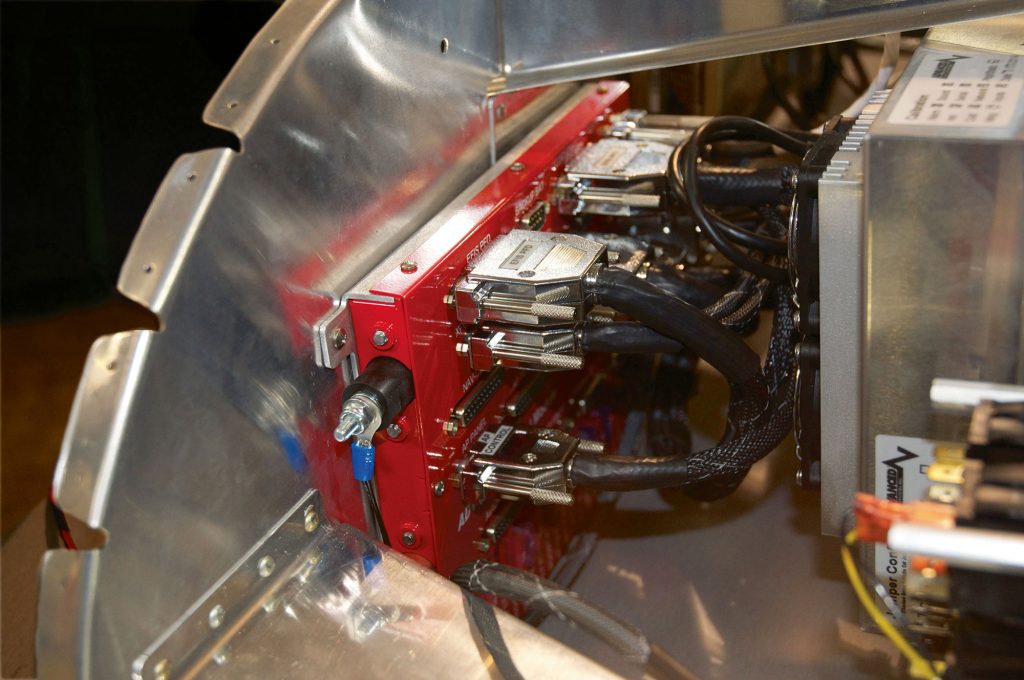
I think we all take comfort in knowing our engine is running smoothly with no foreseeable issues. With fuel being the price it is, we also like it to run as efficiently as possible. The new generation of engine management systems gives small aircraft operators access to the sort of information that was, once upon a time, only available to commercial aircraft. Once we were lucky to have an exhaust gas temperature gauge, but now we can have the exhaust and head temperature of each cylinder, along with fuel flows, revs, oil temps and pressures, coolant temps and more. Plus, there’s also the ability to log your engine and keep a history of any issues.
And speaking of fuel, the ability to have a digital, calibrated fuel flow system that accurately records fuel added and used can both dramatically improve your understanding of how much fuel you have on board as well as assist in recording your fuel usage.
Given the price of repair, an electronic engine management system might be good insurance against future problems and it might just keep you in the air and out of a paddock.
THE “SIX PACK” PLUS MORE
Your panel scan gets a lot quicker when the traditional “six pack” is replaced with one main instrument, showing all the information you need right in front of you. While it takes a bit of getting used to (yes, I keep checking the old airspeed dial on final too), it means that you can quickly check your numbers, then get your eyes back outside the plane.
Having said that, not all is better, at least for me. I still find it easier in the circuit when I glance at the airspeed indicator and even with the quickest glance, I can see I’m in the white arc and okay for flaps. I can even tell from the speed the needle is moving to the rate at which we are slowing. I’m sure that there is a digital equivalent, but I haven’t got there yet.
Once you get past that revelation, the key to the new technology is about what else it enables you to do. For a start, you have the ability to link to your GPS and have the heading automatically put in for you. That function leads to relatively affordable options such as autopilot installation. Suddenly, your work load is getting a lot lower.
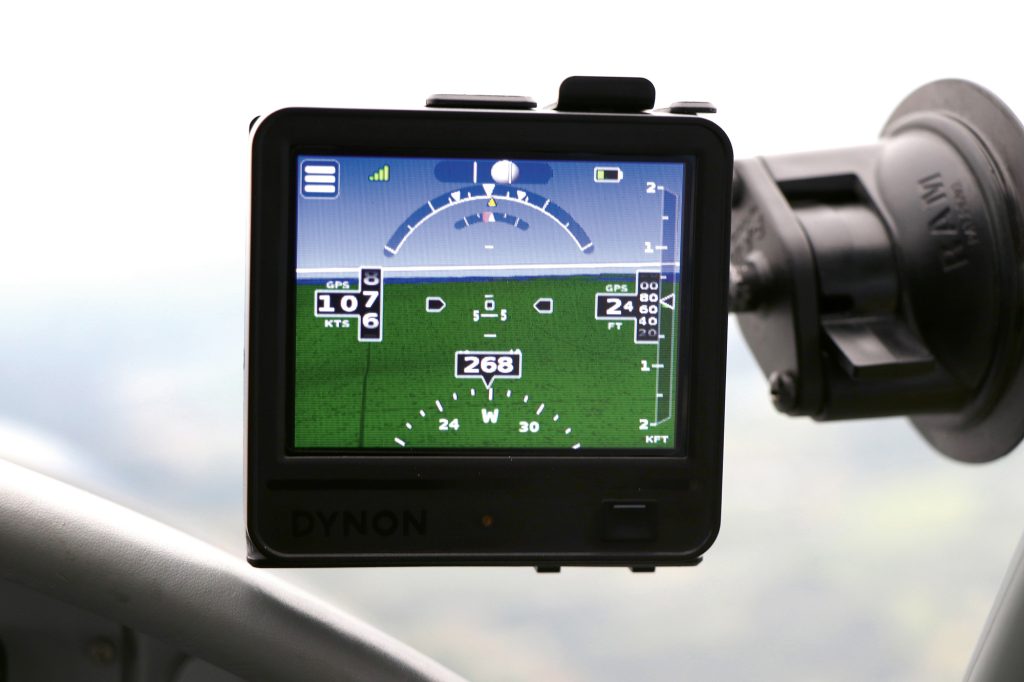
I find that it’s easier to maintain heading and height when using the EFIS. I also find it a lot easier to get the plane trimmed out and “on the step”. In addition, I find that I arrive a lot more relaxed than I used to, but that might be from experience.
Garmin, Dynon and AvMap all produce dropin EFIS replacements for standard panels.
BRINGING IT ALL TOGETHER
Up to this point, we have been talking about the different elements of a cockpit panel. But the future is clear – we won’t have dedicated instruments for each function. Instead, we will have large screens that provide access to flight information, engine management, navigation and communications all in one.
Separate navigation/communication and engine gauges will be a thing of the past. Everything required will be on the one screen. Of course, pilots and aircraft manufacturers are risk averse, so we will probably see something like a traditional ASI, altitude and T&B dials tucked on the dash somewhere for quite a few years to come.

For those of us who live in the real world, there are some very affordable solutions about. AvMap offer a complete package with an EFIS, EMS and dockable nav panel for AU$4,195. That’s a whole panel of instruments, add a radio and you’re done. At the other end of the scale, Garmin will replace your old steam gauges with their G3X Touch dual 10.6” landscape displays for around AU$24,275.
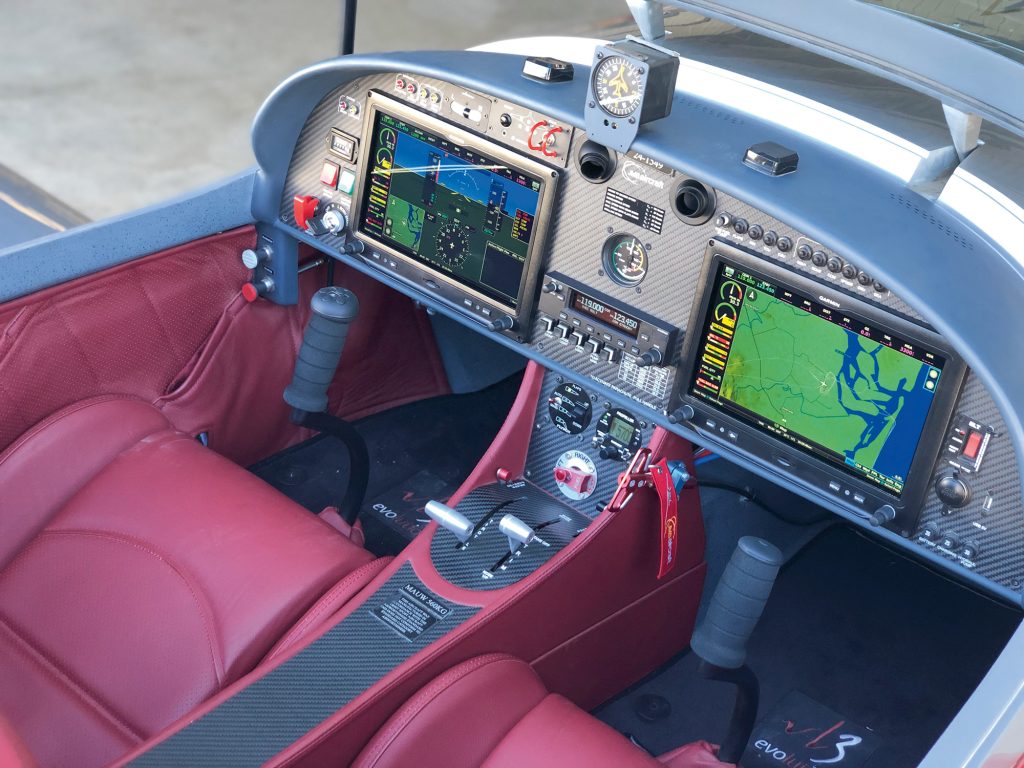
WHERE TO FROM HERE?
If you’re thinking about an upgrade, the best place to start is with a fellow pilot who has made the journey, followed by a reputable installer and reseller. They can guide you on what suits your requirements best. If you are thinking about doing a series of upgrades, you need to think about what your end solution is going to look like so you don’t end up down a dead-end. New products are hitting the market thick and fast, so it’s important to have a good look around before making any final decisions.
Have you recently upgraded your panel or are in the process? We’d love to see your pics and hear your story!
